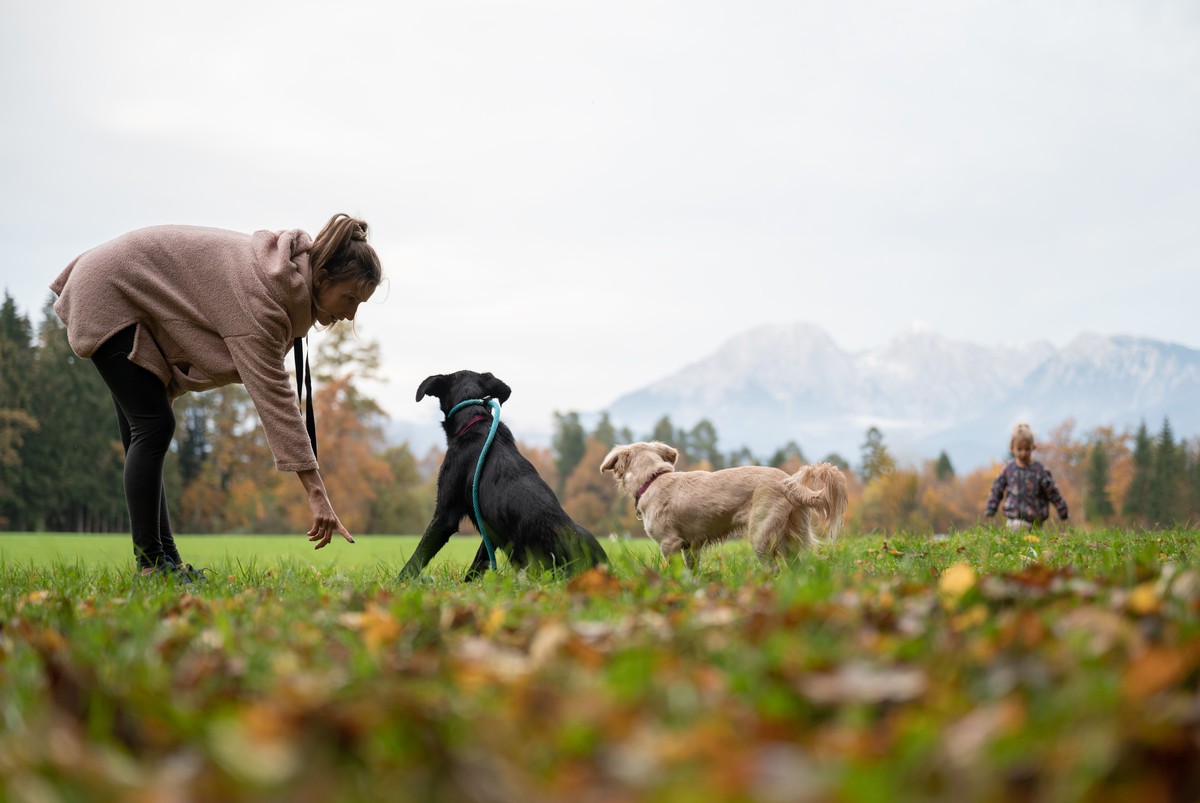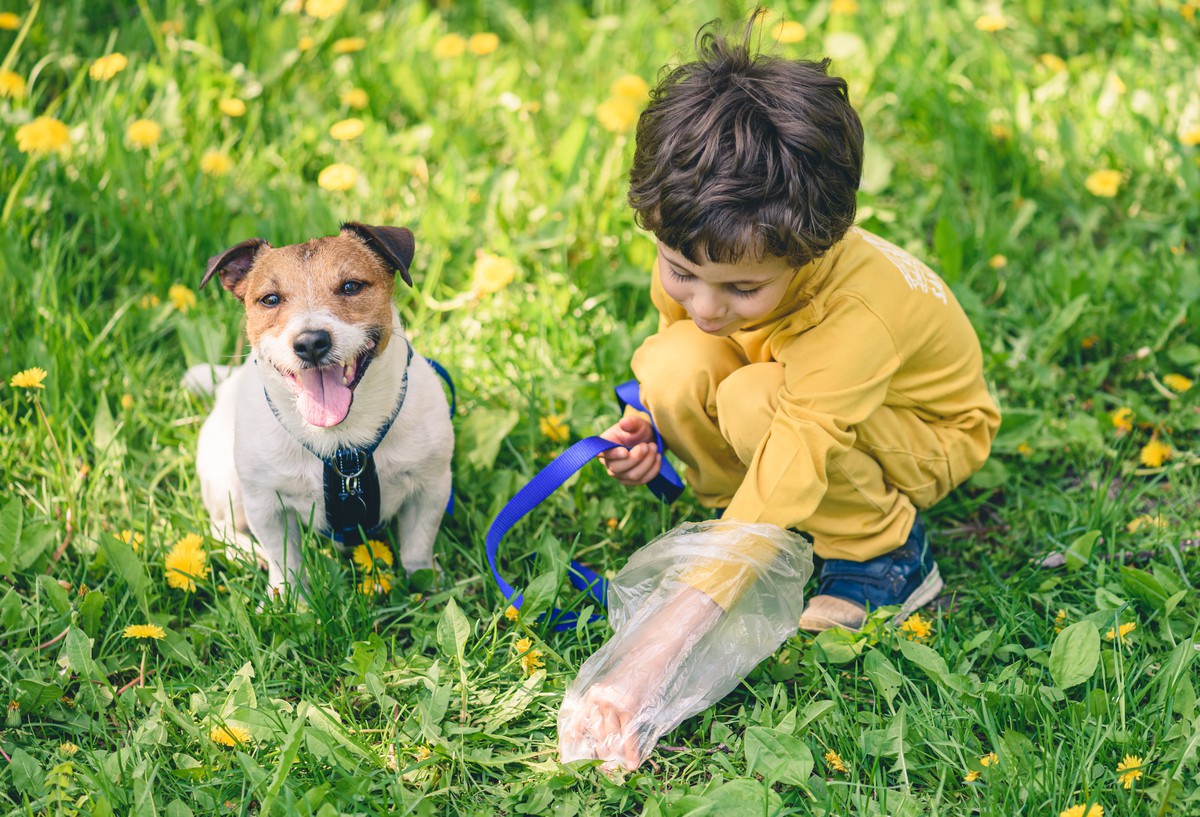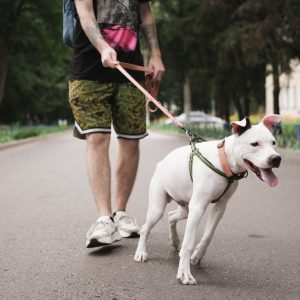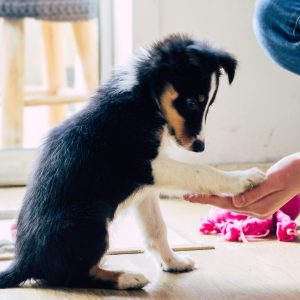Before walking your dog, it is UK law that by 8 weeks old your dog must have a microchip fitted by a vet. This can then be scanned and traced back to you if your dog is lost or stolen. Alongside this your dog needs to wear a collar with a tag on it.
It is not recommended to have the dog’s name on the tag itself, due to it being easier for dog theft to occur. Instead, put your surname and telephone number on one side, and ‘I am chipped’ or ‘If found please ring…’ on the other side. These are simple requirements that make dog walking safer.
The collar must be fitted correctly, allowing two fingers to fit underneath. There shouldn’t be too much pressure on then neck. Then, there are many leads to choose from. Training leads, long lines, slip leads, extendable leads, and many more. This is personal to you and your dog. For example, if your dog is very strong and pulls a lot, an extendable lead is not the best option. An important factor is finding the right length lead, so both of you can walk confidently and comfortably. An extendable lead has certain risk factors. Both vets and human doctors confirm that injuries can result from using retractable leads. The most common issue is that someone’s leg gets wrapped while the dog is running around and the thin material can quite easily burn and even cut the skin when sliding on it.
Remember different breeds and aged dogs have different needs. Growth plates are fragile in puppies. Therefore, it is recommended to exercise five minutes for every month of their age, once or twice a day, and your vet can give you specific advice on this topic. Have a look at our dog breed list, which gives specific insights on exercise needs.
Training your dog is also very important. There are plenty of resources out there that can aid you in this. Puppy schools, dog classes and dog trainers online or in person. One of our experts, Ciara, is a dog trainer. You can always ask us specific questions and we will get back with advice. An obvious tip is to take dog treats during walks. Until you are fully trusting that your dog will respond to and come back to you, keep them on a lead. If you see a dog walking on lead, call yours back to you and have them sit by you as others pass, or put yours on a lead, too, to ensure passing other dogs is safe. Your dog may be friendly, and a lot of dogs are happy to meet others, but it is not always appropriate for them to socialise and a lot of dogs don’t want this.

If you are planning on walking in rural areas, it is important to keep your dog on a lead when passing through farmers’ fields, as to not scare any livestock or wildlife. Also remember to leave gates as you found them. Stick to footpaths and use stiles provided when crossing hedges. The Countryside Code provides more details and is a statutory guidance around responsibilities for visitors to the countryside and those who manage the land. It is also recommended to keep your dog on a lead when walking coastal paths and mountains, which usually have sharp drops and unstable ground.

At beaches, rivers, waterfalls and lakes keep a close eye on your dog if they enter the water, as streams and currents can be deceiving. In the summer keep an eye out for adders (UK’s venomous snake) in long grass, rocky hillsides, woodland and sand dunes. If your dog has been bitten, take them to the vet immediately. When it gets dark earlier, safety precautions should be taken so you and your dog can be seen by vehicles. If you trust your dog to go off lead in the dark, there are light up collars and other fluorescent products available.
It goes without saying that you must clean up after your dog… but most importantly, be safe and have fun during this quality time!












One Response
Brilliant article! Great advice, clear and concise!